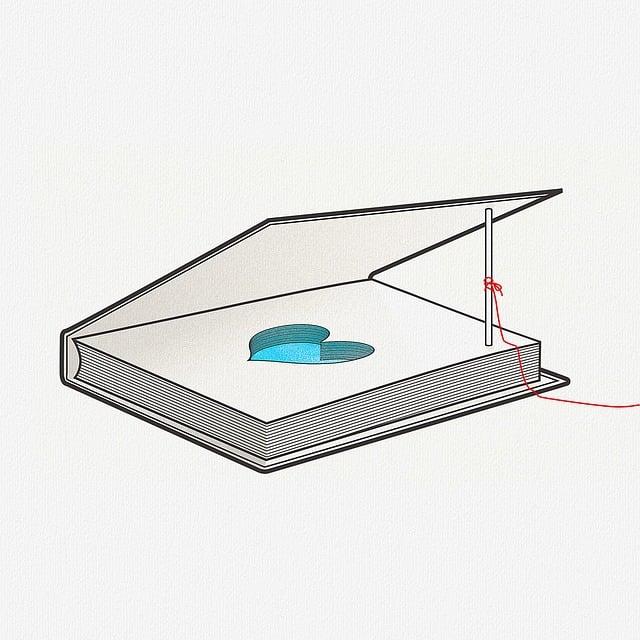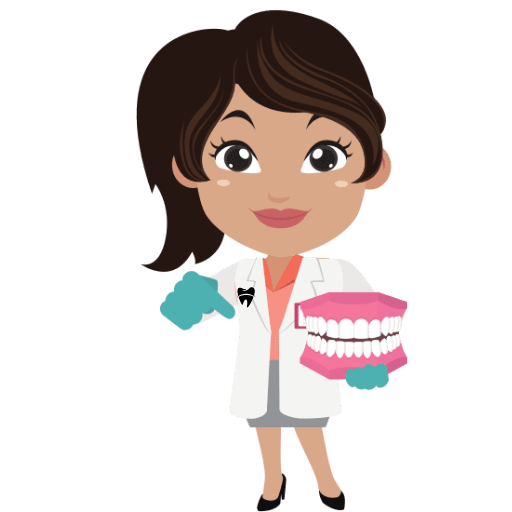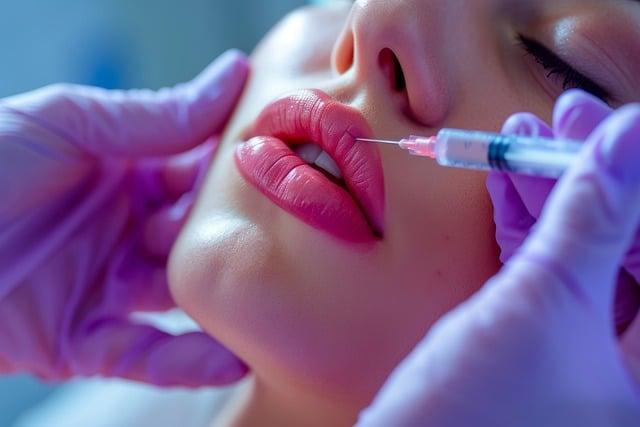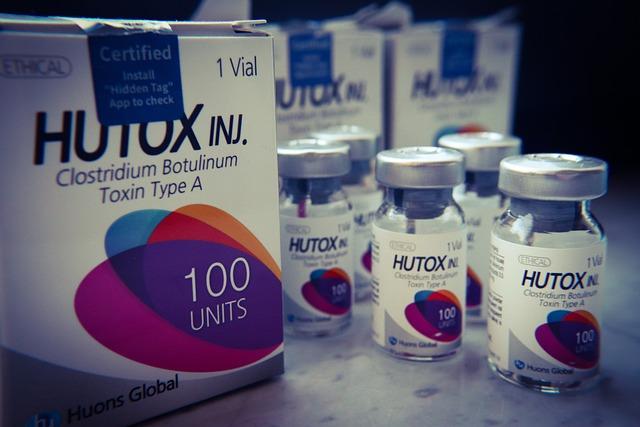Discover how Botox can bring relief to those suffering from bruxism, the silent nighttime grind that can wreak havoc on your teeth.
1. Understanding Bruxism: The Unseen Troublemaker
Bruxism, also known as teeth grinding, is a common condition that many people may not even be aware they have. It occurs when a person clenches or grinds their teeth involuntarily, often during sleep. Despite being unheard or unnoticed, bruxism can lead to serious dental and overall health issues if left untreated.
Some of the common signs and symptoms of bruxism include:
- Teeth grinding or clenching, often loud enough to wake a sleeping partner
- Worn-down tooth enamel
- Jaw pain or stiffness
- Headaches, especially in the morning
It is important to address bruxism early on to prevent further damage to your teeth and jaw. Treatment options range from lifestyle changes and stress management techniques to wearing a custom mouthguard while sleeping. Consult with your dentist if you suspect you may have bruxism to determine the best course of action for your individual needs.
2. The Rise of Botox Treatment for Bruxism
Botox treatment is gaining popularity as a solution for bruxism, a condition characterized by involuntary teeth grinding and jaw clenching. This non-invasive procedure involves injecting small doses of botulinum toxin into the muscles responsible for these movements, effectively relaxing them and reducing the severity of bruxism symptoms.
Patients who opt for Botox treatment for bruxism can expect several benefits, including:
- Reduction in jaw pain and tension
- Prevention of tooth damage and enamel wear
- Improvement in overall quality of sleep
While the effects of Botox treatment are temporary and typically last for a few months, many individuals find relief from bruxism symptoms with regular treatments. It is important to consult with a qualified healthcare provider to determine if Botox treatment is a suitable option for managing bruxism.
3. How Botox Works to Alleviate Bruxism Symptoms
Botox injections can effectively alleviate symptoms of bruxism by targeting the muscles responsible for jaw clenching and teeth grinding. The injections work by blocking the signals from the nerves to the muscles, which helps to relax and weaken the muscle activity in the jaw.
Some key points to understand how Botox works in alleviating bruxism symptoms include:
- Botox injections are typically administered directly into the masseter muscles, which are the primary muscles used for chewing.
- The effects of Botox in treating bruxism can last for several months before the muscles regain their full strength.
- Regular follow-up appointments may be required to maintain the effects of Botox treatment for bruxism.
Overall, Botox can be a safe and effective treatment option for individuals suffering from bruxism, providing relief from symptoms such as jaw pain, headaches, and tooth wear. It is important to consult with a qualified healthcare professional to determine if Botox injections are a suitable treatment for your bruxism.
4. The Benefits of Botox in Managing Bruxism
Botox injections have proven to be effective in managing bruxism, providing relief for those suffering from the painful condition. By targeting the muscles responsible for clenching and grinding, Botox helps relax these muscles and prevent the unconscious grinding of teeth.
Some of the key benefits of using Botox for bruxism include:
- Reduction in jaw pain and tension
- Prevention of tooth damage and wear
- Improved quality of sleep
- Decreased headaches and migraines associated with bruxism
Overall, Botox offers a minimally invasive solution for managing bruxism and its associated symptoms. With proper treatment and monitoring, individuals can experience significant relief and improve their overall quality of life.
5. What to Expect During a Botox Treatment for Bruxism
During a Botox treatment for bruxism, you can expect the following steps:
- Consultation: Your healthcare provider will discuss your medical history and symptoms to determine if Botox treatment is suitable for you.
- Injection: Botox will be injected into specific jaw muscles to relax them and reduce the urge to grind or clench your teeth.
- Duration: The treatment typically takes around 15-20 minutes, and you may start to notice results within a few days.
After the treatment, it’s normal to experience some mild discomfort or swelling at the injection site. These side effects should subside within a few days. It’s essential to follow your provider’s post-care instructions to maximize the benefits of the treatment. Overall, many patients find Botox to be an effective solution for managing bruxism and reducing jaw pain.
6. The Long-Term Effects of Botox on Bruxism
Botox injections have been found to be an effective long-term treatment for bruxism, also known as teeth grinding or jaw clenching. The neurotoxin in Botox works by relaxing the muscles responsible for these involuntary movements, providing relief for patients suffering from this condition.
Some of the long-term effects of using Botox for bruxism include:
- Reduced muscle activity in the jaw, leading to less grinding and clenching
- Decreased tooth wear and damage caused by bruxism
- Improved quality of sleep and overall well-being for patients
Overall, Botox has shown to be a safe and effective option for managing bruxism in the long term, providing relief for patients and improving their quality of life.
In conclusion, Botox has proven to be a game-changer in managing bruxism. Its ability to relax jaw muscles and reduce teeth grinding can provide much-needed relief for sufferers. Consult with a professional to see if Botox could be the solution for your bruxism troubles.




